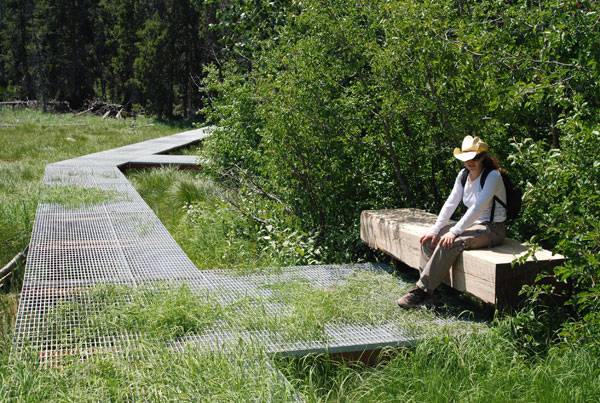Some Known Details About Landscape Design
Some Known Details About Landscape Design
Blog Article
Unknown Facts About Landscape Design
Table of ContentsLandscape Design Can Be Fun For Anyone10 Easy Facts About Landscape Design ShownThe Main Principles Of Landscape Design Top Guidelines Of Landscape DesignThe Basic Principles Of Landscape Design
A yard can usually be split right into three locations: public (the front yard), private (the back lawn), and service (commonly the side lawn). The location of activity areas depends primarily on the type of location, the size of space needed, the type of activity, and the wanted distance to various other activities and structures.The outside wall of your home frequently acts as the first wall surface or starting factor of an outside area. Incompatible uses need to be divided, and relevant tasks, such as cooking and eating, need to be assembled to make the yard extra efficient and pleasurable. When utilizing hardscape to produce areas, utilize building and construction product comparable to that made use of in the residence for connection from your home right into the yard.
Linked spaces. Credit Score: Gail Hansen, UF/IFAS Utilizing comparable hardscape features and duplicating plants draws the eye around the garden. Important points along the road can be stressed with plantings or features that attract focus and encourage movement in a specific instructions. Relocating along the path takes a person from one area to the following and allows the user to have a variety of experiences.
The Definitive Guide for Landscape Design

For psychological convenience plants are used as physical or implied barriers for privacy and security. Physical barriers block both the view and access to an area and include fencings, wall surfaces and plant bushes. Implied obstacles, usually reduced growing plants, block gain access to but not the view (Figure 9). Other features of plants consist of cleaning up the air, protecting against erosion and dirt loss, retaining dampness in the soil, and returning raw material to the dirt.
Physical and indicated barriers. Debt: Gail Hansen, UF/IFAS For these reasons, the kinds of plants to be utilized (such as trees, hedges, or groundcovers) ought to be selected in the very early phases of planning (Landscape Design). Plant types are picked for their useful capabilities so that their future purpose and required area can be considered at the exact same time

Getting My Landscape Design To Work
Each plant mass is in front of, behind, or following to, one more mass. Credit: Gail Hansen, UF/IFAS Repeating plants within a mass and duplicating masses with comparable plants connects the garden together. The individual plant attributes have to be considered to successfully layer and mass plants.
All plant make-ups begin with the primary framework plants, the large, mostly evergreen history plants-such as the trees and huge shrubs. These plants different or enframe spaces, regulate the size of the area, and give the starting point for selecting the proper characteristics link of the second layer, midground plants, for massing and infill.
Crucial points in the garden must be highlighted by the use one-of-a-kind plants, Clicking Here unique structures, or garden ornaments. Marking thresholds or entries to spaces can be made with gateways, arbors, and steps, or through making use of special and colorful plants. The kind and/or style motif of the yard will commonly assist determine the crucial points and just how they ought to be highlighted.
Various other crucial areas in the backyard are centerpieces, which is made use of to aesthetically browse around this site arrange a landscaped location. The kind of focal point typically depends on the watching point of view. Different viewpoints or perspectives can disclose various structures in the landscape that may call for a range of focal factors. Contrasting appearance, form, dimension and color will record and hold the eye.
Some Ideas on Landscape Design You Need To Know

Plant types. Credit: Gail Hansen, UF/IFAS After form, structure is the next leading feature of a plant; crude, tool and great textures can be utilized for contrast and emphasis in the landscape.
The enjoyable scent of plants, the sound of wind in the trees, the sound and appearance of water, and the shades and structures of sculptures, pots and garden furnishings all add to the experience of the garden. One detail that is frequently overlooked is the result of light on the looks of the plants.

Facts About Landscape Design Uncovered
It is necessary to know the ultimate mature dimension of plants so they can be put in the right place and spaced appropriately when they are installed. Providing plants space to expand is a difficulty due to the fact that the usual fully grown dimension is generally based upon optimum expanding conditions and the ecological problems of a site might cause a plant to grow bigger or stay smaller.
Report this page